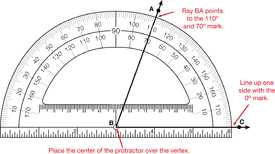|
|
Daily Practice and Problems |
Lesson |
Homework |
Assessment |
Student Books |
Student Guide |
|
|
|
|
| Student Activity Book |
|
|
|
|
Teacher Resources |
Teacher Guide - digital |
|
|
|
|
Supplies for Students
Angle Sort Cards from Lesson 1 (stored in an envelope) or (Student Activity Book) Page 317
envelope
protractor
a square corner (a small sticky note or cardboard corner)
clear tape
blank paper
Materials for the Teacher
Display of the Angle Sort Cards from Lesson 1 (Student Activity Book) Page 317
Display of Math Practices (Student Guide) Reference
a square corner (a small sticky note or cardboard corner)
straws-and-paper-clip model for an angle from Lesson 1
Geometry Word Chart created in Lessons 1 and 3. See Materials Preparation.
chart paper to add to the Geometry Word Chart
clear protractor
Unit 9 Assessment Record
Materials Preparation
Angle Sort Cards. If you did not do so in Lesson 1, ask students to cut apart the cards on the Angle Sort Cards page in the Student Activity Book. Cards can be stored in an envelope.
Geometry Word Chart. Display the parts of the Geometry Word Chart created in Lessons 1 and 3. Students will refine their descriptions of the angle types in this lesson.















